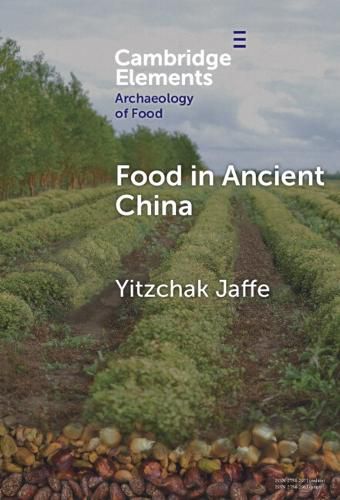Readings Newsletter
Become a Readings Member to make your shopping experience even easier.
Sign in or sign up for free!
You’re not far away from qualifying for FREE standard shipping within Australia
You’ve qualified for FREE standard shipping within Australia
The cart is loading…






This Element provides an overview of food and foodways in Ancient China, from the earliest humans (~500k BP) up to its historical beginnings: the foundation of the Zhou dynasty (at the start of the 1st millennium BCE). While textual data provides insights on food and diet during China's historical periods, archaeological data is the main source for studying the deep past and reconstructing what people ate, how they ate and with whom they ate it. This Element introduces the plants and animals that formed the building blocks of ancient diets and cuisines, as well as how they created localized lifeways and unifying constructs across ancient China. Foodways, how food was grown, prepared and consumed, was central in the development of differing social, economic and political realities, as it shaped ritual and burial practices, differentiated ethnic groups, solidified community ties and deepened or assuaged social inequalities.
$9.00 standard shipping within Australia
FREE standard shipping within Australia for orders over $100.00
Express & International shipping calculated at checkout
This Element provides an overview of food and foodways in Ancient China, from the earliest humans (~500k BP) up to its historical beginnings: the foundation of the Zhou dynasty (at the start of the 1st millennium BCE). While textual data provides insights on food and diet during China's historical periods, archaeological data is the main source for studying the deep past and reconstructing what people ate, how they ate and with whom they ate it. This Element introduces the plants and animals that formed the building blocks of ancient diets and cuisines, as well as how they created localized lifeways and unifying constructs across ancient China. Foodways, how food was grown, prepared and consumed, was central in the development of differing social, economic and political realities, as it shaped ritual and burial practices, differentiated ethnic groups, solidified community ties and deepened or assuaged social inequalities.